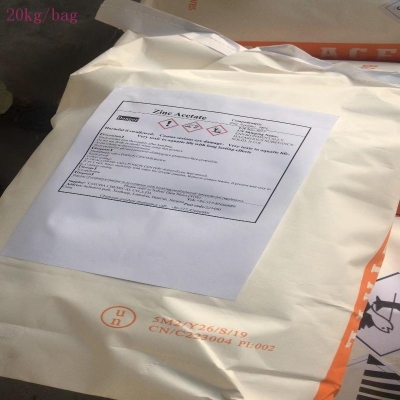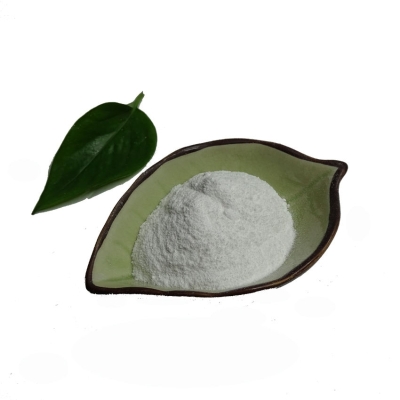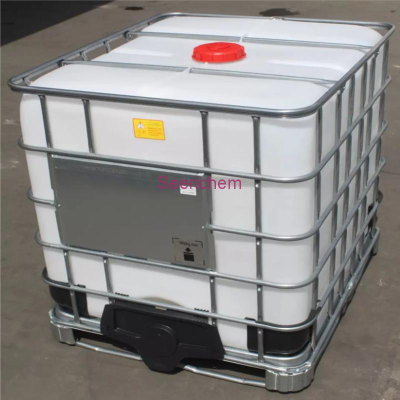-
Categories
-
Pharmaceutical Intermediates
-
Active Pharmaceutical Ingredients
-
Food Additives
- Industrial Coatings
- Agrochemicals
- Dyes and Pigments
- Surfactant
- Flavors and Fragrances
- Chemical Reagents
- Catalyst and Auxiliary
- Natural Products
- Inorganic Chemistry
-
Organic Chemistry
-
Biochemical Engineering
- Analytical Chemistry
-
Cosmetic Ingredient
- Water Treatment Chemical
-
Pharmaceutical Intermediates
Promotion
ECHEMI Mall
Wholesale
Weekly Price
Exhibition
News
-
Trade Service
1.
According to the purpose and period of extra-root topdressing, choose a good type of fertilizer and an appropriate concentration.
Too thick it is easy to burn the leaves and cause fertilizer damage, and the effect of too thin fertilizer is not obvious.
2.
The external conditions for extra-root topdressing are relatively strict, such as air humidity, precipitation, temperature, ground coverage, etc.
When the conditions are not suitable, the effect of topdressing is not high.
The relative humidity of the air when spraying fertilizer should be 40%-50%; if it rains within 48 hours after spraying, it must be sprayed again; it is not suitable for dry and hot weather, and the spray should be sprayed at a time with low temperature and low evaporation The suitable time is before 9 am or after 4 pm to maintain the wet state of the fertilizer solution, prolong the absorption time, and increase the absorption of the leaves; extra-root topdressing is generally carried out when the ground coverage reaches more than 60%, special needs Can be done at any time.
3.
When using a variety of fertilizers and pesticides in combination, special attention should be paid to ensure that the mixing does not cause precipitation.
4.
Strictly control the concentration and spray amount of the solution to prevent burning leaves or insufficient application amount to achieve the expected effect.
5.
Focus on spraying the new leaves and the back of the leaves, but spray the front and back sides of the leaves so that the mineral nutrients can enter the leaves as soon as possible and improve the fertilizer efficiency.
6.
The amount of extra-root topdressing is small, and it can only be used as an auxiliary measure.
Rhizosphere fertilization should still be carried out on time.
According to the purpose and period of extra-root topdressing, choose a good type of fertilizer and an appropriate concentration.
Too thick it is easy to burn the leaves and cause fertilizer damage, and the effect of too thin fertilizer is not obvious.
2.
The external conditions for extra-root topdressing are relatively strict, such as air humidity, precipitation, temperature, ground coverage, etc.
When the conditions are not suitable, the effect of topdressing is not high.
The relative humidity of the air when spraying fertilizer should be 40%-50%; if it rains within 48 hours after spraying, it must be sprayed again; it is not suitable for dry and hot weather, and the spray should be sprayed at a time with low temperature and low evaporation The suitable time is before 9 am or after 4 pm to maintain the wet state of the fertilizer solution, prolong the absorption time, and increase the absorption of the leaves; extra-root topdressing is generally carried out when the ground coverage reaches more than 60%, special needs Can be done at any time.
3.
When using a variety of fertilizers and pesticides in combination, special attention should be paid to ensure that the mixing does not cause precipitation.
4.
Strictly control the concentration and spray amount of the solution to prevent burning leaves or insufficient application amount to achieve the expected effect.
5.
Focus on spraying the new leaves and the back of the leaves, but spray the front and back sides of the leaves so that the mineral nutrients can enter the leaves as soon as possible and improve the fertilizer efficiency.
6.
The amount of extra-root topdressing is small, and it can only be used as an auxiliary measure.
Rhizosphere fertilization should still be carried out on time.







